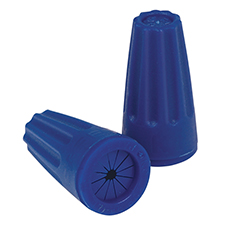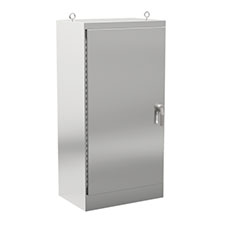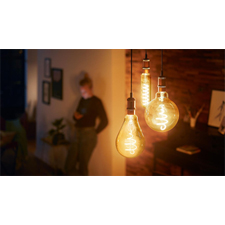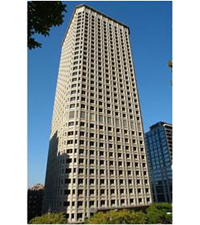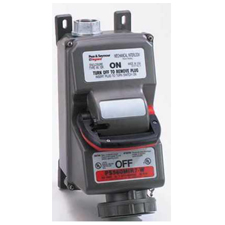King Innovation
Keeping Electrical Connections Dry in Wet and Damp Locations
Water and electricity don’t mix – that’s something we all learn at a
pretty early age. But still, there are times when even the wettest
locations require power. In applications from pool lighting to
irrigation systems and outdoor outlets, contractors are often called on
to make electrical connections that can remain watertight over years of
use.
nVent HOFFMAN
What Makes Steel “Mild” – Ironing Out Your Metal Material Options
Looking through a manufacturer’s online enclosure catalog recently, I
came across a term I hadn’t heard before. Now, I’m not a contractor, so I
likely haven’t seen as many of these listings as you might have. But I
am a journalist who has covered the construction industry for several
decades, and the term “mild steel” stuck out to me when it showed up as a
material option for the maker’s broad range of enclosure offerings.
Philips Lighting Co.
Philips Lighting Offers Array of New LED Products
Earlier this year at the Light + Building 2018 trade show in Frankfurt,
Germany, Philips Lighting announced a string of new initiatives aimed at
the transition to more LED lamps as well as the inclusion of LEDs into
the “Internet of Things” (IoT) in homes and buildings worldwide.
First
the company announced IoT platform called Interact, designed to handle
data collected from connected light points, sensors, devices and
systems.
GE Industrial Solutions by ABB
Lighting Automation Still Requires a Contactor
Lighting automation has bells and whistles, but a lighting contactor is
necessary to switch the actual lighting circuits. Properly selecting
lighting contactors can save installation and maintenance costs. What
are some of the important considerations in addition to the correct
voltage and current?
Lutron Electronics Co., Inc.
Simple Strategies to Reduce Energy
In new construction, sustainable building practices are becoming the
norm. But even in existing buildings, simple strategies can be
implemented quickly and easily to address inefficiencies, reduce energy
use, improve comfort, and enhance productivity in the space.
Legrand/Pass & Seymour
Less Work to Meet Safety Requirements
Some facilities are changing their requirements for motor and appliance
installations. This could be due to OSHA Lock-out and Tag-out
requirements or NFPA 70E. The change is toward using pin and sleeve
devices instead of having a hard-wired installation.
Safety requirements often have the maintenance person checking for the
absence of voltage before touching. The rules are quite specific and are
enforced by OSHA.
